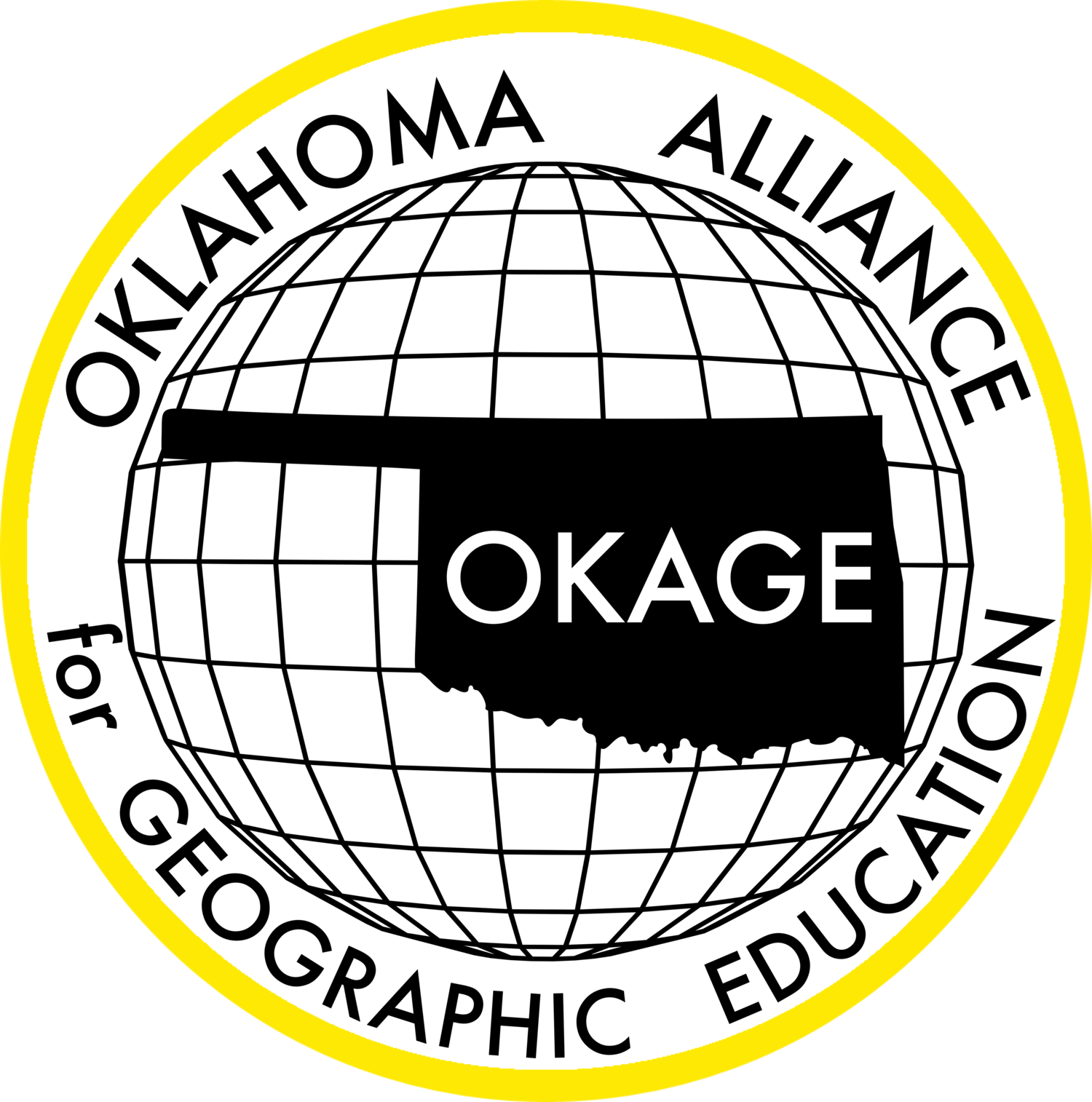The Nitty Gritty City: Becoming an Urban Geo-Detective
Description: This is a collection of lesson plans about geo-skills from the OKAGE 2012 Summer Institute.
Grade level(s): Middle School, High School
Standards: GFL
Produced By: OKAGE
Take Your Peck
Description: Physical characteristics associated with ethnic background and cultures develop over time through a process known as natural selection. In this lesson students will explore this process through an activity that simulates the natural selection process in birds. Students will later analyze the physical characteristics of people from various countries by exploring photos from the “Photo of the Day” project from National Geographic.
Grade level(s): Middle Standards: PASS, GFL Produced By: Tiffany Neill
House Hunters: Top 5
Description: Students will explore five of the Forbes.com “Top 10” cities to live in 2010 by analyzing non-fiction text about each city. Students will participate in a dual-phase Jigsaw activity to read and analyze the text. Students will then make claims about which city is the best city in which to live. Students will back this claim up with evidence they gain from the texts.
Grade level(s): Middle Standards: PASS, GFL Produced By: Tiffany Neill
Quebec: What a Place!
Description: Students will learn the geographic characteristics of place and develop a mental map of where this place is located while learning the characteristics of Quebec, Canada.
Grade level(s): Middle Standards: PASS, GFL, CC Produced By: Glenda Sullivan
The More the Merrier? Global Population Growth and the Future of Earth
Spanish Conquistadors: Methods To Their Madness & Why We Should Know About Them
Description: Students will decipher what a Spanish "Conquistador" was, identify and distinguish among important Spanish conquistadors while locating their exploration routes on a world map and examine the effect each had with his migration to the new world culturally, socially, and economically.
Grade level(s): Middle Standards: PASS, GFL Produced By: Denise Aguilar
Strait of Magellan
Description: Students will locate the Strait of Magellan, discover its importance as a sailing route connecting the Atlantic and Pacific Oceans until the Panama Canal was completed in 1914, and will learn what its navigation purposes are today.
Grade level(s): Middle Standards: OAS, GFL, C3 Produced By: Glenda Sullivan
Natural Resource Distribution Web
Description: The purpose of this lesson is two-fold: to familiarize students with the characteristics of a developed country and those of a developing country; and to acquaint students with the differences in distribution of natural resources in developed and developing countries.
Grade level(s): Middle Standards: PASS, GFL Produced By: Lee Ann Harrelson
Comparing Developed and Developing Countries
Description: Students will discuss the differences in developed and developing countries, use resources to make correlations between population and natural resources, and use maps and globes to locate important locations of geographical significance.
Grade level(s): Middle Standards: PASS, GFL, CC Produced By: Susan Smith
World Biomes
Maxing Out Geography Strategies
Description: Students will be able to summarize, using key concepts, text from different sources related to geography. Students should be able to discuss several world regions intelligently, and tell how people make their living there based on the available resources. Students should be able to discuss geographical topics from different perspectives.
Grade level(s): Middle Standards: PASS, GFL Produced By: Susan Smith
Trade Game: Analyzing Global Oil Trade
Description: Using a simulation game, students will explore trade strategies for a critical non-renewable resource, oil. Students will examine the differences between non-renewable and renewable resources. Students will examine the role Gross National Product plays in oil trade. Finally, students will recognize how crucial it is for countries to seek alternatives to be in place when non-renewable resource are depleted.
Grade level(s): Middle Standards: PASS, GFL Produced By: Tiffany Neill
Playing with the Global Grid
People + Places = Geography
Add a Dash of Space Photography to Your Geography
Description: This lesson plan reviews and strengthens students’ geographic skills. Students will learn to identify, evaluate, and draw conclusions from different kinds of maps, aerial and space photographs, atlases, and computer based technologies. Students can develop use of mental mapping to organize and construct land forms.
Grade level(s): Middle School
Standards: PASS, GFL
Produced By: Pat Smith

















